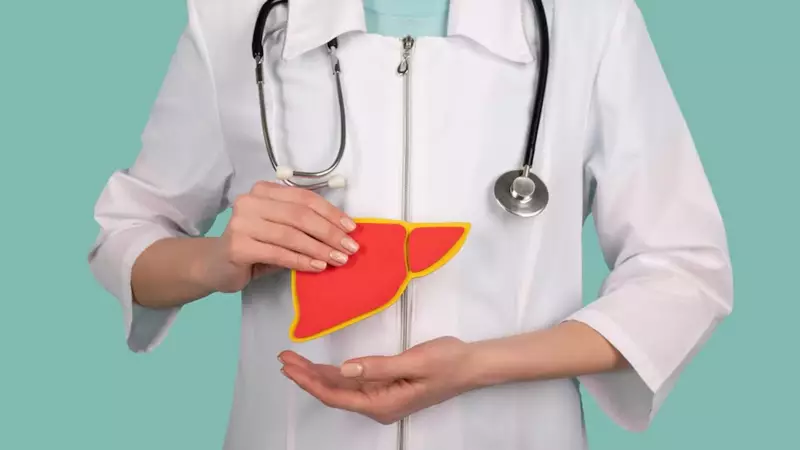
Fatty liver disease often develops silently, without any pain or obvious warning signs. You could be living with a liver accumulating excessive fat and feel completely normal. This was the shocking reality for Priya, a 38-year-old marketing executive, who discovered she had Grade 2 fatty liver disease during a routine check-up.
The Silent Diagnosis That Sparked Change
Priya walked into the clinic with her lab reports, her hands trembling. The diagnosis was clear: fatty liver disease, Grade 2, indicated by elevated liver enzymes. What truly resonated with her was her doctor's explanation: "Your liver has been storing fat and your stress for years now, and it's finally taking a toll." The revelation was particularly concerning because Priya did not consume alcohol, highlighting that alcohol isn't the only culprit. The real triggers were her lifestyle: too much sugar, late-night eating, stress, and quick refined carbohydrates.
This scenario is becoming increasingly common, with almost one in three people now dealing with non-alcoholic fatty liver disease. For Priya, the fear of the diagnosis became the catalyst for a remarkable health transformation.
The Four-Month Dietary Transformation
Priya embarked on a carefully structured diet plan designed by clinical dietitian Khamesra. Four months later, her dedication paid off spectacularly: her liver enzymes dropped by 40%. She achieved this significant improvement without ever feeling starved, simultaneously losing eight kilograms in the process.
Her daily routine was precise and nutrient-focused:
Morning Rituals and Breakfast
The day began at 6:30 AM with warm water containing half a lemon, a pinch of turmeric, and black pepper. The black pepper was crucial as it significantly enhances the body's absorption of turmeric.
By 8:00 AM, she enjoyed breakfast consisting of two moong dal, besan, or oats chillas with grated lauki (bottle gourd) mixed into the batter. This was accompanied by a small bowl of curd with roasted cumin and five soaked almonds with two walnuts. This fibre-rich meal was designed to feed the beneficial gut bacteria, which in turn produce compounds that help the liver reduce fat storage.
She completed her morning meal with green tea infused with a few tulsi leaves, without milk or sugar.
Lunch and Evening Sustenance
Lunch at 1:30 PM featured either two small rotis made from mixed grains like jowar, bajra, and ragi, or one-and-a-half bowls of brown rice. This was paired with vegetables cooked in minimal oil, a large salad of cucumber, tomato, and carrot with lime, and a small piece of raw onion. Onions contain compounds that assist the liver in its detoxification processes. A glass of buttermilk with crushed curry leaves and rock salt complemented the meal.
Her 4:30 PM snack included tea made from boiled fennel and coriander seeds, along with options like sautéed vegetables, boiled sweet potato chaat, khaman, or sautéed idli.
Early Dinner and Hydration
Dinner was consumed early, between 7:00 and 7:30 PM, and kept light. Options included daliya cooked like khichdi with spinach, carrots, and peas, or a small bowl of palak paneer made with low-fat paneer. Both were accompanied by a salad containing beet and radish—the betaine in beetroot supports liver function—and a bowl of vegetable soup.
Before bed, around 9:30 PM, she had warm milk with saffron strands. Throughout the day, Priya maintained excellent hydration, sipping on fenugreek seeds soaked overnight, cumin water in the afternoon, and regular plain water, totaling 3 to 4 litres daily.
A Testament to Dietary Intervention
Priya's journey demonstrates that reversing fatty liver is achievable without drastic starvation. Her liver wasn't extraordinary; it simply needed the right nutritional support instead of constant dietary stress. Within four months, her health trajectory completely turned around, proving that with the correct dietary strategy, significant liver health improvements are possible for many others facing similar challenges.





